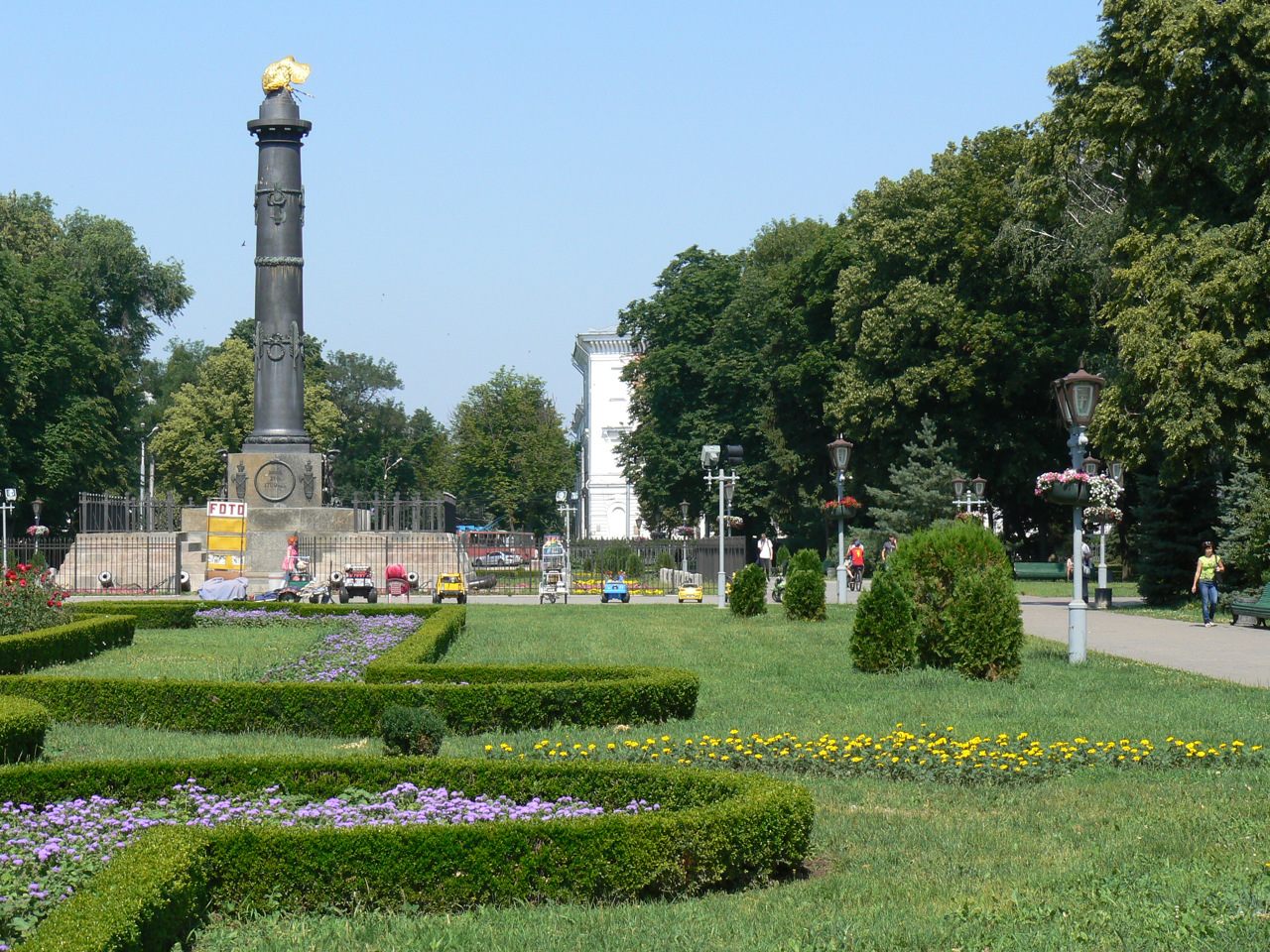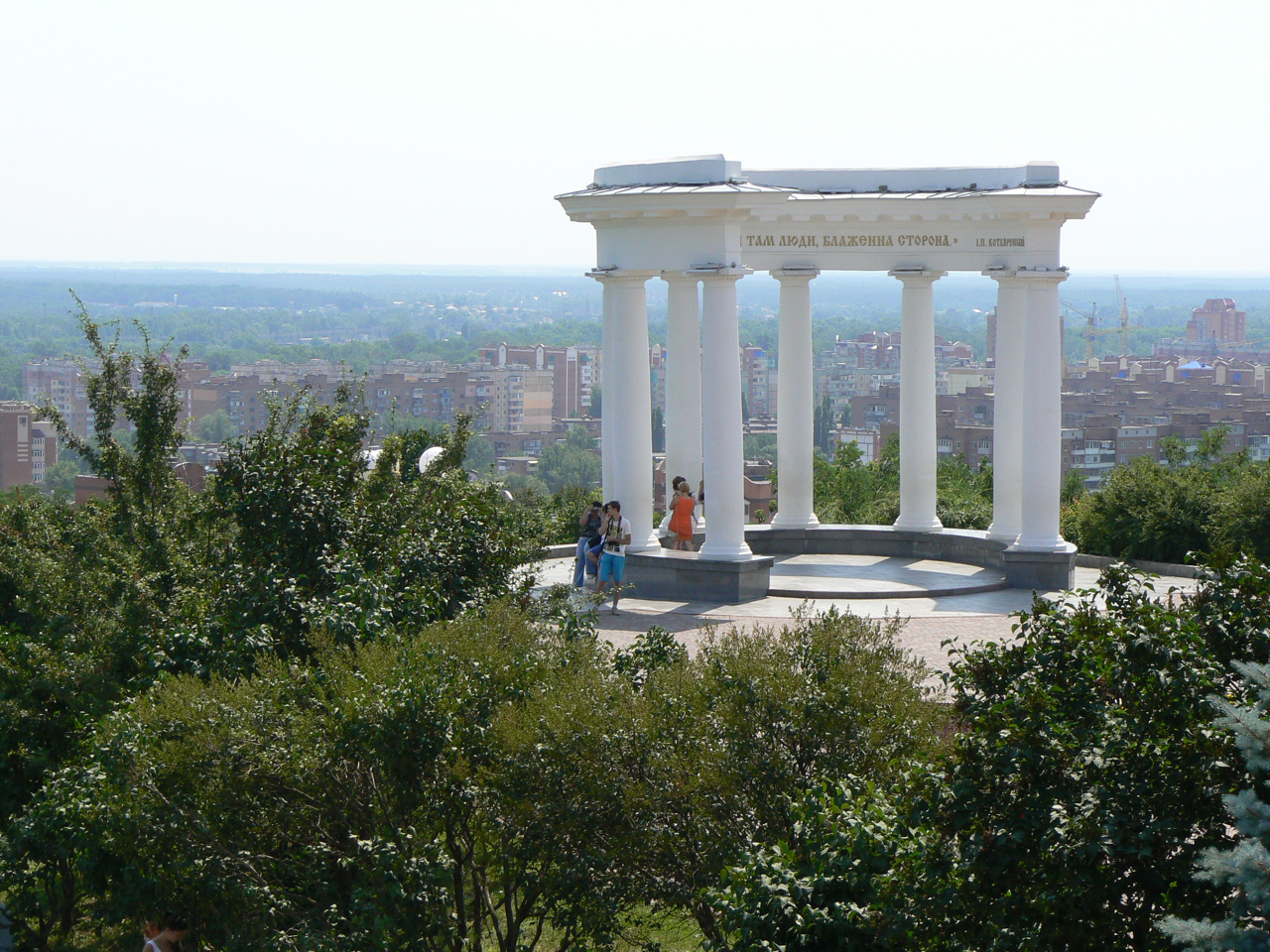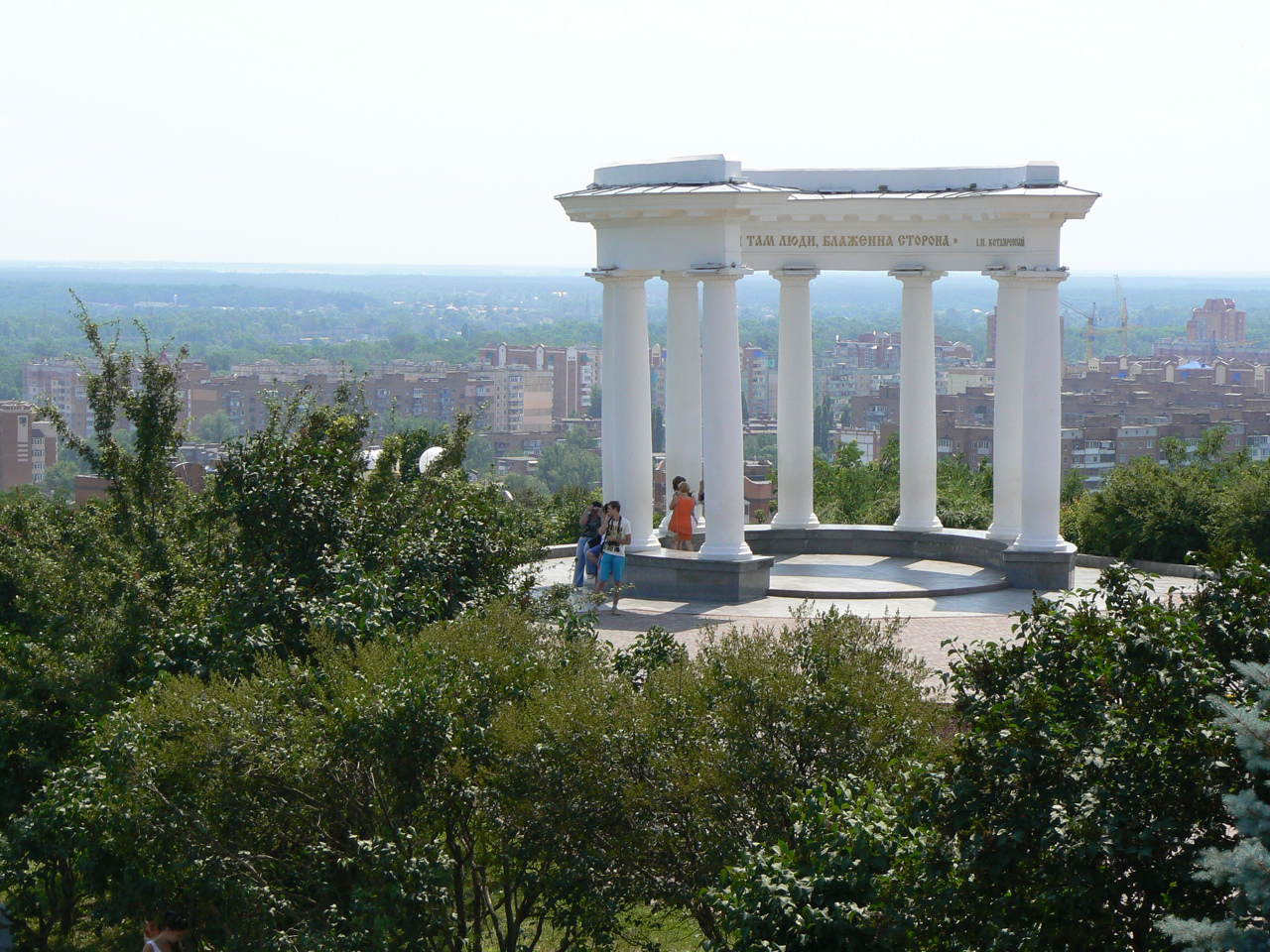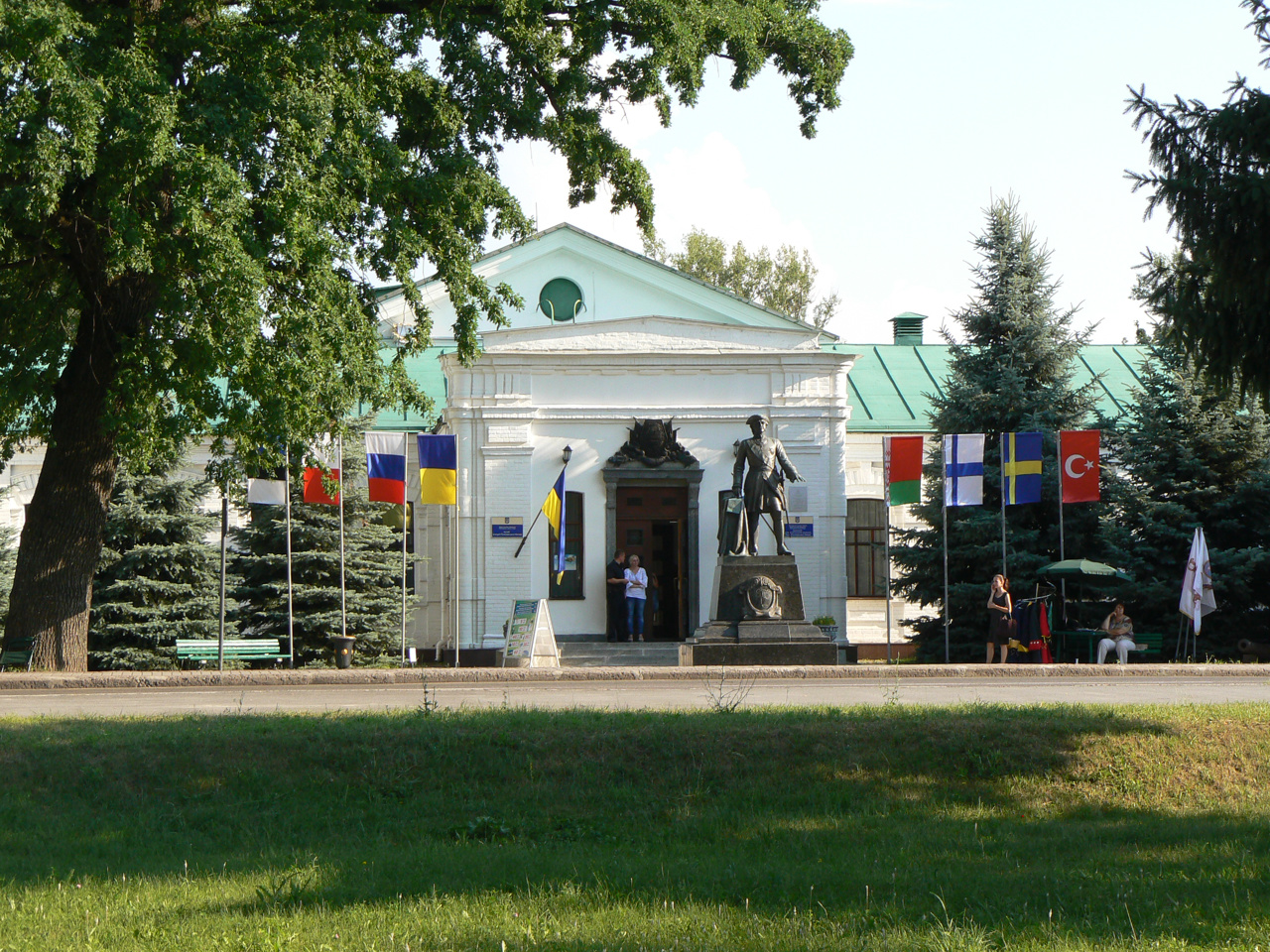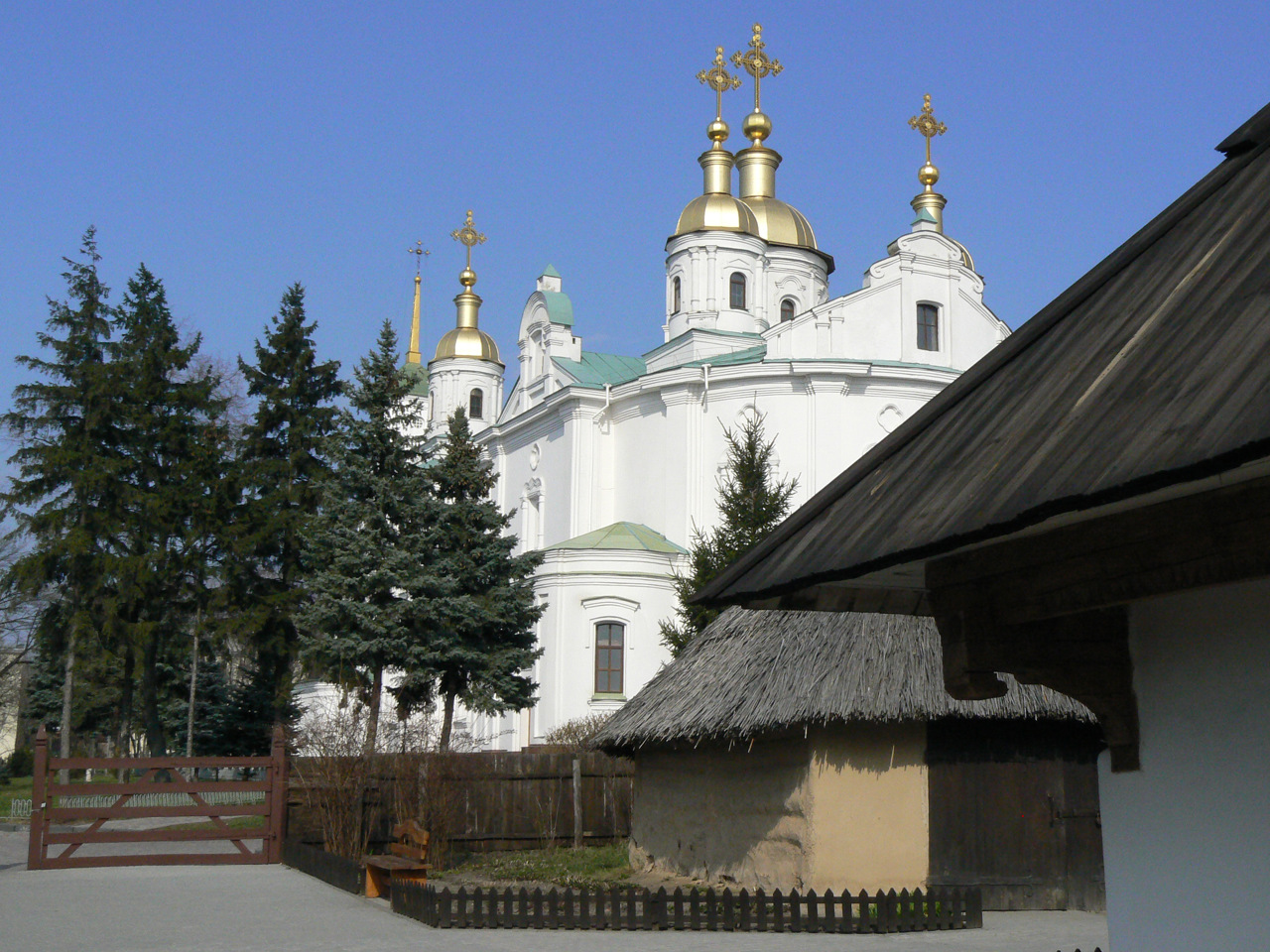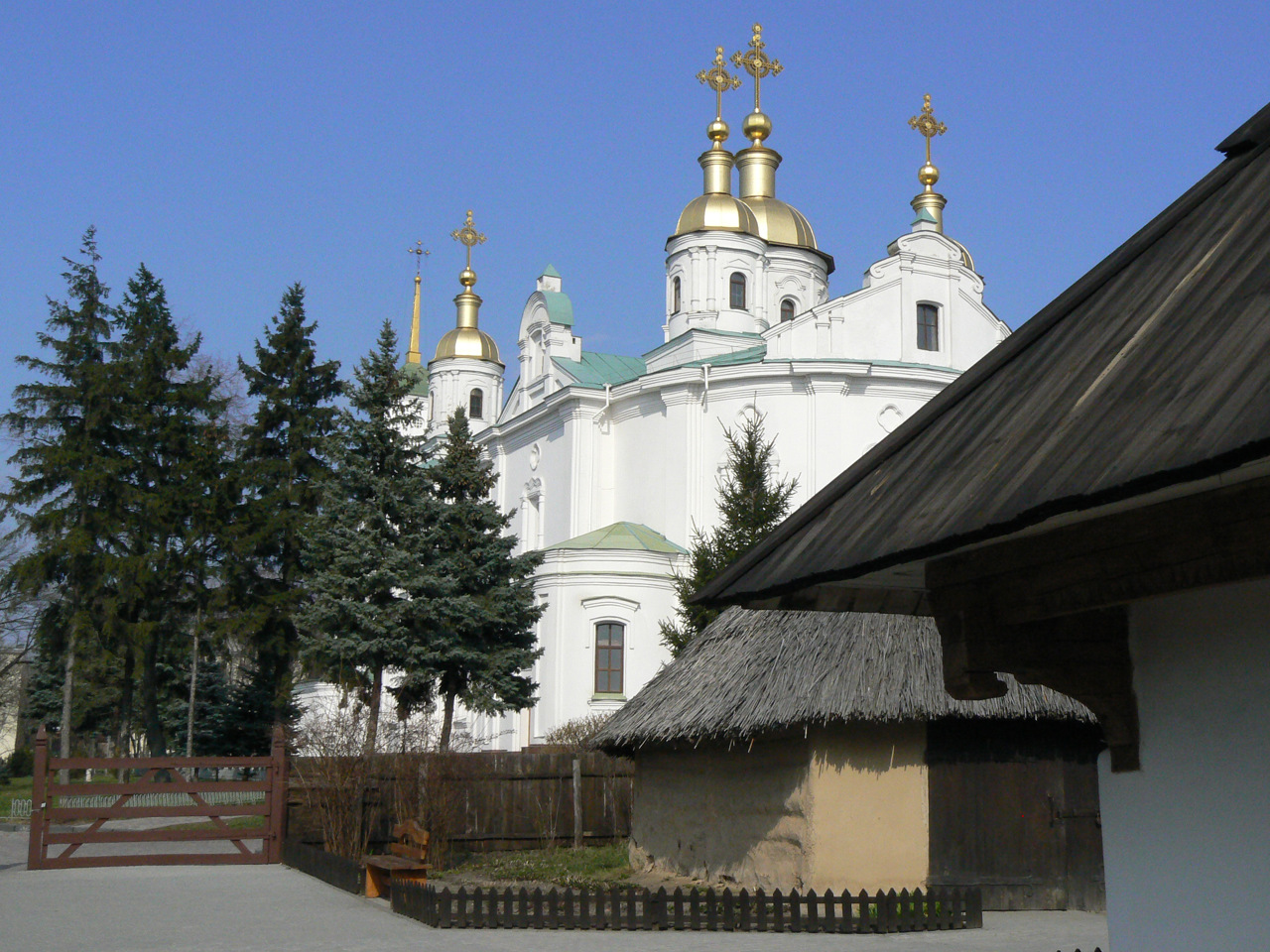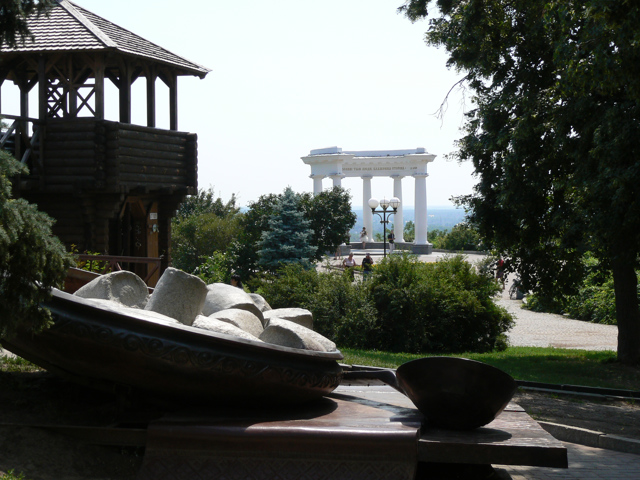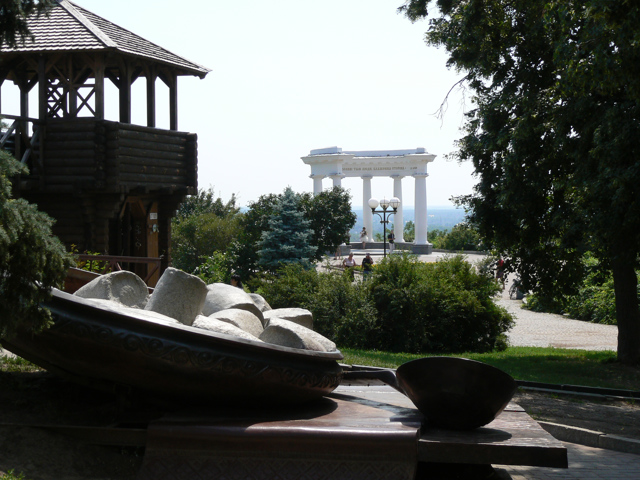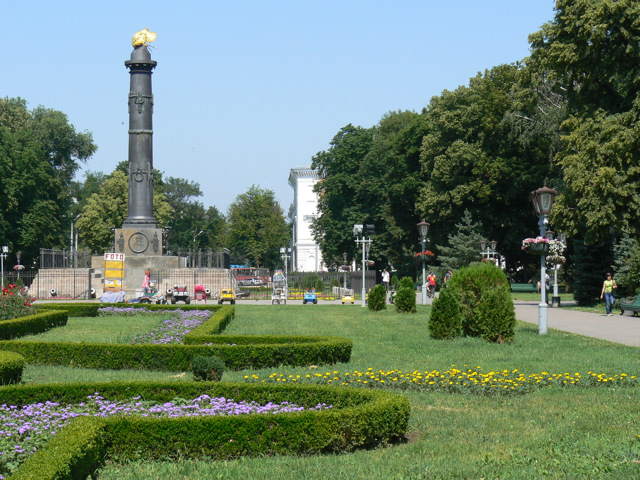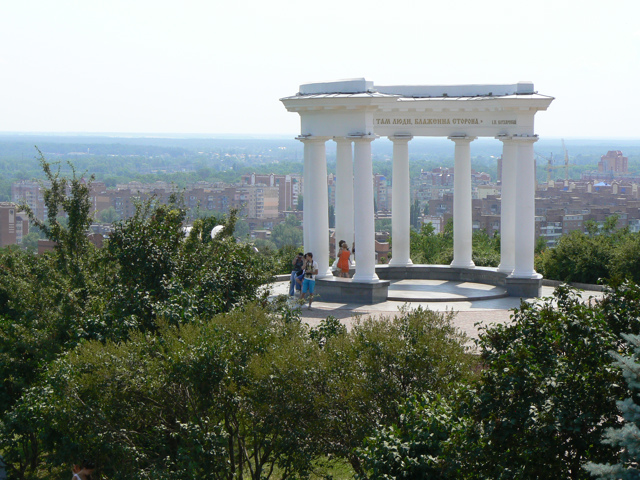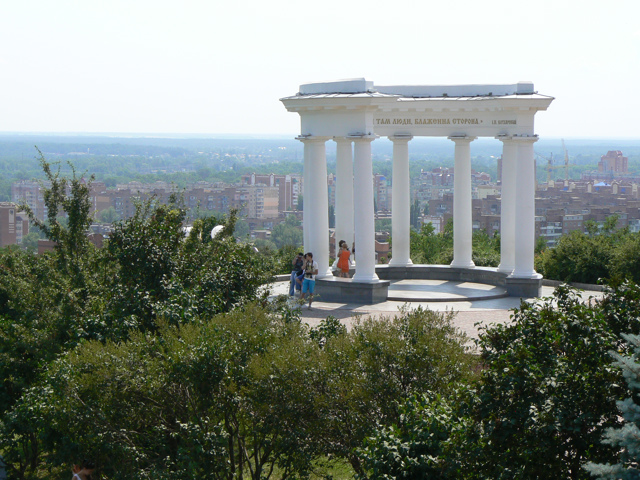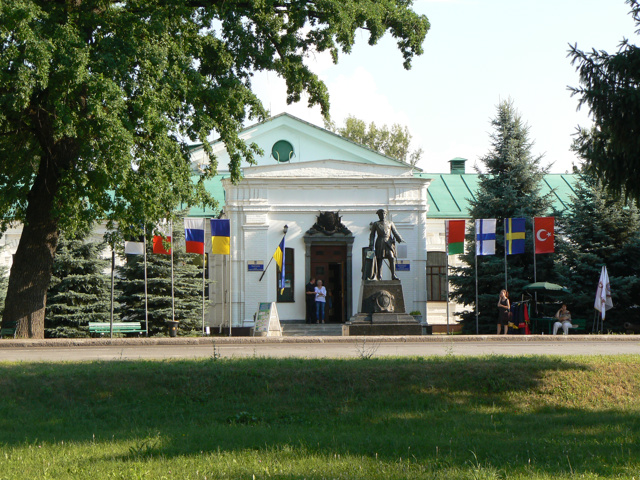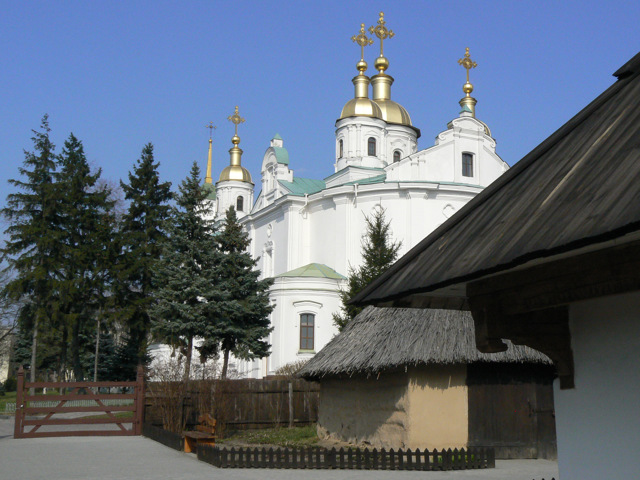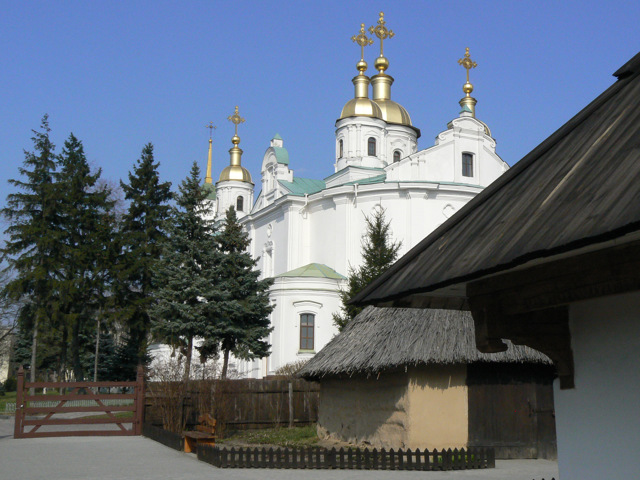Functional temporarily unavailable
General information about Poltava
The ancient city of Poltava is a significant cultural center of Ukraine, a kind of "keeper of the standard" of the entire national Ukrainian culture. It arose, presumably, in the 9th century. The date of foundation is considered to be 899. It was first mentioned as the settlement of Ltava in the Ipatiev Chronicle in 1174. The Grand Duke of Lithuania Vitovt handed the city over to Prince Glinsky, in 1646 Y. Vishnevetsky took possession of it. During the Liberation War 1648-54. the city became the center of the Poltava regiment. During the Northern War between Russia and Sweden, the Swedish army led by Charles XII approached Poltava. Peter I also arrived here with the main forces of the Russian army. On June 27, a general battle took place - the Battle of Poltava. The Swedish ki ...
The ancient city of Poltava is a significant cultural center of Ukraine, a kind of "keeper of the standard" of the entire national Ukrainian culture. It arose, presumably, in the 9th century. The date of foundation is considered to be 899. It was first mentioned as the settlement of Ltava in the Ipatiev Chronicle in 1174. The Grand Duke of Lithuania Vitovt handed the city over to Prince Glinsky, in 1646 Y. Vishnevetsky took possession of it. During the Liberation War 1648-54. the city became the center of the Poltava regiment. During the Northern War between Russia and Sweden, the Swedish army led by Charles XII approached Poltava. Peter I also arrived here with the main forces of the Russian army. On June 27, a general battle took place - the Battle of Poltava. The Swedish king and his ally, the Ukrainian hetman Ivan Mazepa, were defeated. At the beginning of the 19th century. the city was reconstructed in the Russian imperial style, the buildings of the historical center were largely preserved. The classic of Ukrainian literature I. Kotlyarevsky was born here, N. Gogol studied, T. Shevchenko visited, P. Mirny lived and was buried. The Poltava dialect is considered the basis of the modern literary Ukrainian language. Poltava City Day is celebrated on September 23.
Старовинне місто Полтава - значний культурний центр України, своєрідний "зберігач еталону" всієї національної української культури. Виникло, імовірно, в IX ст. Датою заснування вважається 899 рік. Вперше згадується як населений пункт Лтава в Іпатіївському літописі в 1174 році. В XV ст. великий князь литовський Вітовт передав місто князю Глинському, 1646 р. ним заволодів Я. Вишневецький. В роки Визвольної війни 1648-54 рр. місто стало центром Полтавського полку. У роки Північної війни між Росією і Швецією шведське військо на чолі з Карлом XII підійшло до Полтави. Сюди ж прибув Петро I з основними силами російського війська. 27 червня відбулася генеральний бій - Полтавська битва. Шведський король і його союзник український гетьман Іван Мазепа зазнали поразки. На початок XIX ст. ...
Старовинне місто Полтава - значний культурний центр України, своєрідний "зберігач еталону" всієї національної української культури. Виникло, імовірно, в IX ст. Датою заснування вважається 899 рік. Вперше згадується як населений пункт Лтава в Іпатіївському літописі в 1174 році. В XV ст. великий князь литовський Вітовт передав місто князю Глинському, 1646 р. ним заволодів Я. Вишневецький. В роки Визвольної війни 1648-54 рр. місто стало центром Полтавського полку. У роки Північної війни між Росією і Швецією шведське військо на чолі з Карлом XII підійшло до Полтави. Сюди ж прибув Петро I з основними силами російського війська. 27 червня відбулася генеральний бій - Полтавська битва. Шведський король і його союзник український гетьман Іван Мазепа зазнали поразки. На початок XIX ст. припадає реконструкція міста в російській імперському стилі, забудова історичного центру в значній мірі збереглася. Тут народився класик української літератури І. Котляревський, навчався М. Гоголь, бував Т. Шевченко, жив і був похований П. Мирний. Полтавський діалект вважається основою сучасної літературної української мови. День міста Полтави відзначається 23 вересня.
Сплануй своє перебування у Poltava
What to see and where to go in Poltava
Tourist attractions and museums of Poltava
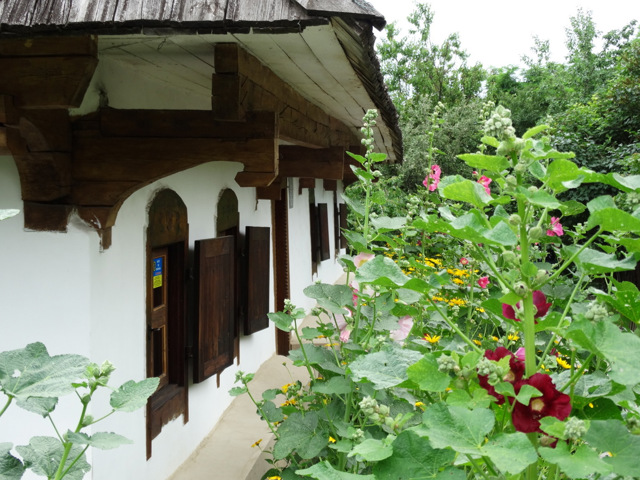
Ivan Kotlyarevsky Literary Memorial Museum
Museum / gallery
The estate of the outstanding writer Ivan Kotlyarevsky was recreated in 1969 according to a drawing by Taras Shevchenko, made from nature in 1845. There is a house, a barn and a well-crane, which are immersed in the green garden. Kotlyarevsky lived in Poltava most of his life. He studied at the Poltava Theological Seminary, later was the director of the Poltava Theater, and was even a member of the Poltava Masonic Lodge. In his Poltava house, the classic of Ukrainian literature created most of his works, including the famous "Aeneid". Details of the old building have been installed in the house restored to the 200th anniversary of the writer's birth. Inside, the atmosphere of the XIX century is very authentically recreated. Here are stored personal belongings of the writer, awards, manuscript pages of his works, the first editions of books.

Poltava Battlefield Historical and Cultural Reserve
Museum / gallery
One of the first museums in Poltava was established in 1909 on the battlefield of Poltava near the Mass grave of Russian soldiers to mark the 200th anniversary of the victory of the Russian army over the Swedes. The collection includes more than eight thousand exhibits: works of art, weapons, awards, flags, uniforms and equipment of the Russian and Swedish armies, personal belongings of Peter I and his associates. The sounded diorama of the Poltava battle is established. Nearby - a monument to Peter I, Sampson (Samson's) Church (1895) and the mass grave of Russian soldiers, a cross on the grave of Swedish soldiers and a monument to the Swedes from the Russians. Two redoubts (field fortifications of the Russian army) were restored, one of which is located on the opposite side of the road, and the other - near the museum building.

Poltava Museum of Local Lore. V. Krychevsky
Museum / gallery
Poltava Museum of Local Lore is located in the former building of the present places of the provincial zemstvo. The building of the provincial zemstvo was built by the architect Vasyl Krychevsky in the Art Nouveau style with elements of the Ukrainian folk style (this fact caused dissatisfaction of Emperor Nicholas II). The interior painting was made by prominent artists Serhiy Vasylkivsky and Mykola Samokysh. The facade is decorated with coats of arms of county towns of the province. The basis of the museum's exposition was laid in 1891 by scientist Viktor Dokuchaev. Today there are more than 300,000 exhibits in 40 museum halls and vaults. Among the rarities - the ancient Egyptian collection, works of ancient and oriental art, Cossack relics.
Reviews Poltava
Geographical information about Poltava
| {{itemKey}} | {{itemValue}} |
|---|---|
| Region |
Poltava |


